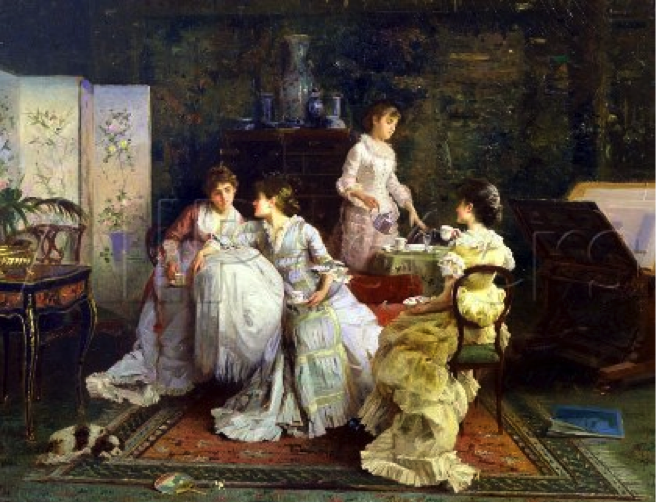History of Afternoon Tea
INVENTED IN WOBURN BY ANNA, 7TH DUCHESS OF BEDFORD
Tea consumption increased dramatically during the early nineteenth century and it is around this time that Anna, the 7th Duchess of Bedford is said to have complained of “having that sinking feeling” during the late afternoon. At the time it was usual for people to take only two main meals a day, breakfast, and dinner at around 8 o’clock in the evening. The solution for the Duchess was a pot a tea and a light snack, taken privately in her boudoir during the afternoon.
Later friends were invited to join her in her rooms at Woburn Abbey and this summer practice proved so popular that the Duchess continued it when she returned to London, sending cards to her friends asking them to join her for “tea and a walking the fields.” Other social hostesses quickly picked up on the idea and the practice became respectable enough to move it into the drawing room. Before long all of fashionable society was sipping tea and nibbling sandwiches in the middle of the afternoon.
Afternoon Tea was initially developed as a private social event for ladies who climbed the echelons of society. It was only when Queen Victoria engaged in the Afternoon Tea ritual that it became a formal occasion on a larger scale, known as ‘tea receptions’.
These receptions could have as many as two hundred guests with an open ‘at home’ invitation to visit between 4pm and 7pm, during which they could come and go as they pleased; this was the genesis of the Afternoon Tea as we know it.
In Britain today Afternoon Tea is enjoyed as a special indulgence or to celebrate a special event such as a birthday, or a pre-wedding or baby shower party with a group of friends.




